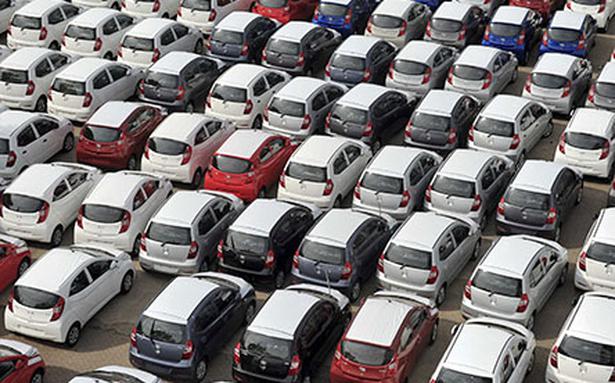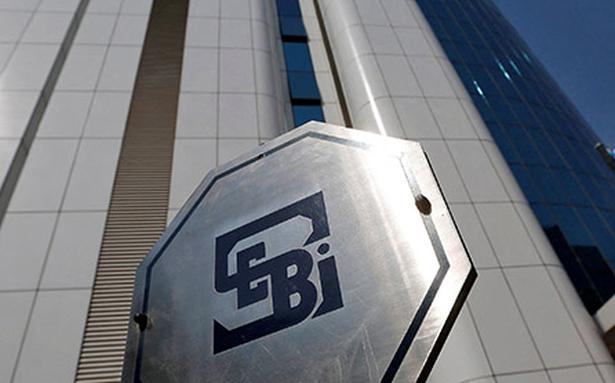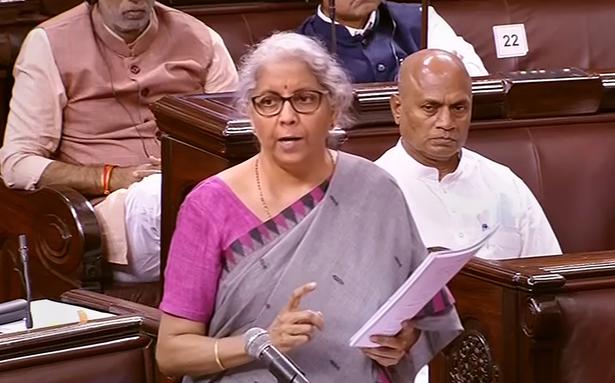The Ukraine-Russia conflict is expected to further affect the already strained global semiconductor supply, as commodities exported from the two countries, such as neon gas, chemical C4F6 and palladium, are vital to semiconductor manufacturing. This has also put the Indian electronics and automotive industries into a wait-and-see mode.
“The [global] The market fears that the Ukraine crisis will create shortages of key commodities that will ultimately impact the semiconductor supply chain… The outcome and magnitude of this non-economic event is unpredictable. But it’s already starting to affect the supply chain,” said Brady Wang, semiconductor analyst at Counterpoint Research. The two countries also export other key metals such as nickel, platinum, rhodium and titanium.
Mr. Wang pointed out that neon prices increased tenfold in Ukraine during the 2014 Crimean crisis, even though the semiconductor industry reduced the overall consumption of the gas by 20% to 40% after adjusting the software logic and optimizing the flushing process of the gas filling process. “Therefore, the supply chain will be affected if the gas manufacturing facilities are destroyed during the current war. If not, we may still see prices rising, although the impact on production will remain manageable,” he said.
Prabhu Ram, head of Industry Intelligence Group at CyberMedia Research, noting that two of Ukraine’s top suppliers of semiconductor-grade neon have shut down operations, said India would also face direct or indirect impacts on its electronics manufacturing in a connected world . “The unavailability of crucial upstream raw materials can have repercussions throughout the supply chain, particularly hitting manufacturers in Asia that are dependent on Ukraine,” he said.
While the consumer goods sector in India is more likely to be affected by price increases in other commodities such as steel, semiconductor shortages are likely to put pressure on the supply of smartphones, laptops and automobiles. Earlier this month, the Confederation of Automobile Dealers’ Associations revised its outlook for the already struggling Indian auto sector down to negative from “neutral” amid concerns over the impact of the Ukraine conflict on the auto supply chain.
“With Omicron passing away without much impact and shipments showing signs of recovery, it looked like the Indian auto industry was on the verge of recovery until Russia invaded Ukraine. This will again have an impact on the global automotive supply chain,” the industry association said.
According to Counterpoint Research, Ukraine and Russia possess reserves of some rare elements needed for the production of semiconductors, vehicle batteries and other related components.
Ukraine supplies nearly 70% of the world’s neon needs, and the neon gas is a by-product of Russian steel mills, which is then filtered and supplied by Ukrainian companies. “…The larger manufacturers of microchips and batteries keep material reserves ready, but these are likely to be used up quickly in a month-long crisis. This will lead to increased prices of the respective components. With the financial sanctions imposed on Russia, the prices of these elements are likely to increase by at least 20%, making electric vehicle production more expensive.”
For the consumer goods industry, semiconductors do not play a major role and the industry does not see any direct short-term effects. “We have to wait and watch. With the Ukraine-Russia conflict…steel prices have already risen…semiconductors won’t hit us directly now, but we might see price increases because other raw material costs rise, crude oil prices rise…automatically shipping costs will rise. The rupee has depreciated against the dollar so all of this combined could lead to further price increases,” said Eric Braganza, President of the Consumer Electronics and Appliances Manufacturers Association (CEAMA).
Since the peak business season for the consumer appliance sector is now beginning, most major manufacturers have already planned production in March and April. “I don’t see any major price increase in the short term, but if the situation persists, we could see a price increase in the industry from May-June depending on each company’s stock levels. ” Over the past 18 months, consumer appliance/durables have seen price increases of up to 15%.
Tarun Pathak, director of research at Counterpoint Research, added that the short-term supply risk for neon is high, but should be manageable with existing stock levels and other suppliers for the next month. However, if this turns into a protracted conflict, securing neon from Ukraine could become a “serious problem”.
However, Mr Pathak added: “But neon production is not rocket science, it is just a dirty business. If prices go up fast enough, more vendors are sure to pop up elsewhere. The risk for chipmakers lies in the time gap between the end of inventories and the start-up of new factories. I see this as a 2-3 month slowdown in chip production in a baseline scenario.”




